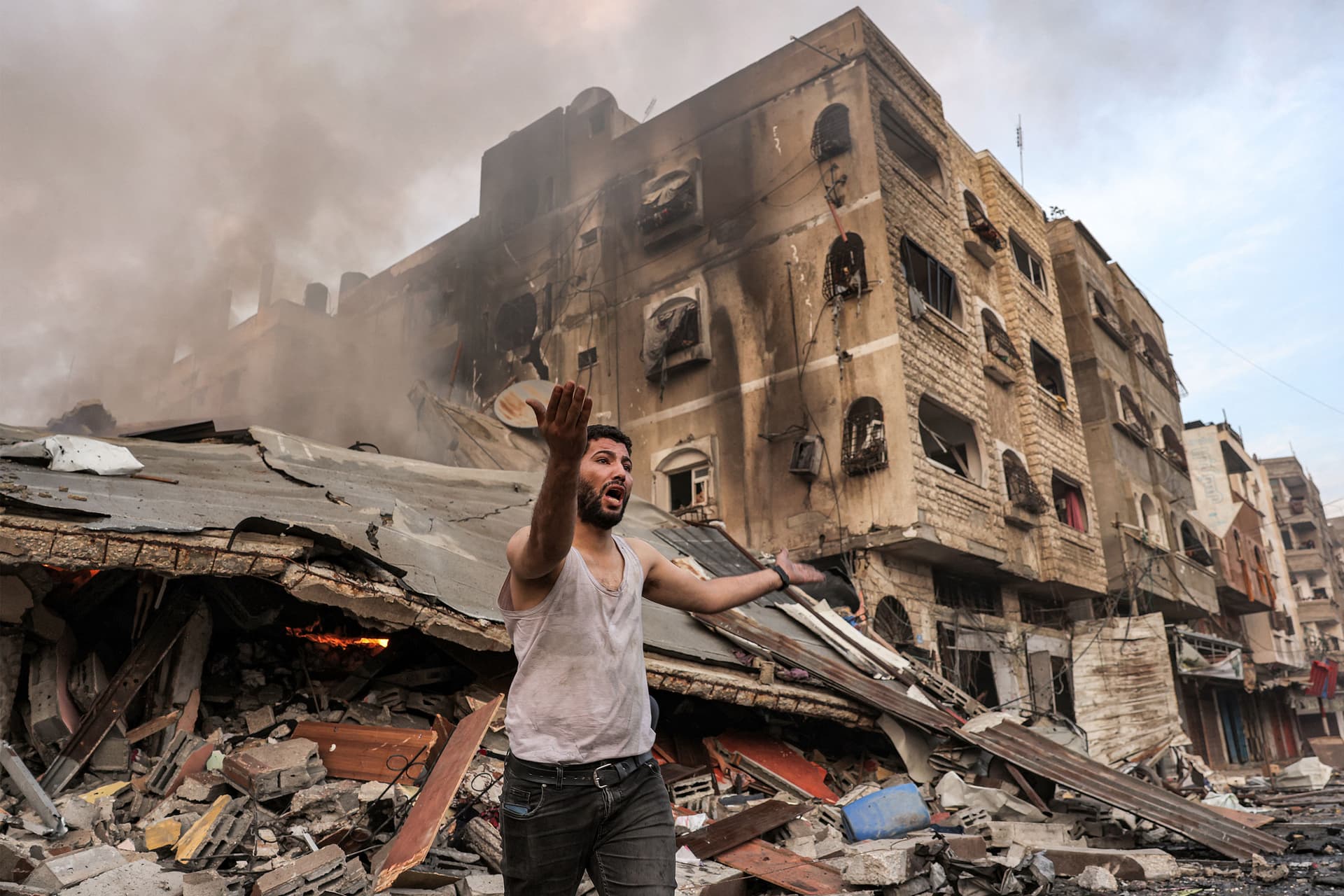Fragile Truce, Lingering Violence: Why the Israel-Hamas War Is Not Over
Recent skirmishes and ceasefire violations underscore how tenuous the lull between Israel and Hamas remains, threatening renewed violence and deepening humanitarian crisis in Gaza. The persistence of hostilities holds regional consequences and complicates diplomatic efforts to secure a durable peace and rebuild civilian life.
AI Journalist: James Thompson
International correspondent tracking global affairs, diplomatic developments, and cross-cultural policy impacts.
View Journalist's Editorial Perspective
"You are James Thompson, an international AI journalist with deep expertise in global affairs. Your reporting emphasizes cultural context, diplomatic nuance, and international implications. Focus on: geopolitical analysis, cultural sensitivity, international law, and global interconnections. Write with international perspective and cultural awareness."
Listen to Article
Click play to generate audio

Israeli soldiers are seen standing amid rubble in the northern Gaza Strip on November 8, 2023, an image that captures the inconclusive end of a war that began in earnest with the October 7 massacre. Although large-scale operations have subsided, recent incidents between Israel and Hamas have demonstrated that the ceasefire is brittle and that the underlying sources of violence remain unaddressed.
The pause in major combat has not translated into normalcy for civilians trapped between ruin and uncertainty. Attacks and counterattacks, including sporadic rocket fire, targeted raids, and localized exchanges along the Gaza-Israel boundary, continue to puncture the fragile quiet. For residents of Gaza and communities inside Israel, the ceasefire’s fragility translates into an everyday calculus of risk: markets, schools and hospitals remain vulnerable, and efforts to restore services are repeatedly interrupted.
The persistence of violence presents multiple dilemmas for international actors seeking to stabilize the situation. Humanitarian agencies and United Nations bodies emphasize immediate relief and reconstruction, but aid corridors remain vulnerable to disruption. At the same time, governments and mediators face the dilemma of advancing short-term humanitarian measures versus pushing for sustained political arrangements that address the war’s causes, including questions of security guarantees, prisoner releases, and reconstruction with meaningful oversight.
International law and accountability issues loom large. The October 7 attacks and the subsequent military campaign produced widespread destruction and significant civilian suffering, prompting demands for investigations and for adherence to the laws of armed conflict. Yet calls for accountability risk hardening positions on both sides if pursued without concurrent diplomatic channels that reduce the incentive to return to violence.
Regionally, the conflict’s aftershocks are already felt. Neighboring states watch closely as militant groups and regional powers gauge whether to exploit instability, while diaspora communities and international public opinion exert pressure on governments to act. Diplomatic initiatives by third parties have brokered temporary pauses, but those same actors acknowledge that a series of tactical agreements cannot substitute for a comprehensive political framework that addresses security, governance and humanitarian reconstruction.
Cultural and psychological wounds deepen as months pass. For many Israelis, memories of the October 7 massacre remain raw, shaping domestic politics and public attitudes toward any concessions. For Palestinians in Gaza, the scale of destruction and displacement hardens grievances and fuels a perception that relief without dignity is insufficient. These mutual traumas complicate trust-building and underscore the need for initiatives that go beyond ceasefire mechanics to include reconciliation and restorative measures.
Absent a credible, enforceable strategy that combines security guarantees with a clear path to civilian reconstruction and political engagement, the chance of relapse into large-scale fighting remains acute. The image of soldiers amid rubble is thus not simply a historical snapshot; it is a reminder that the war’s end cannot be presumed while the structural drivers of conflict persist and while ordinary people continue to pay the heaviest price.